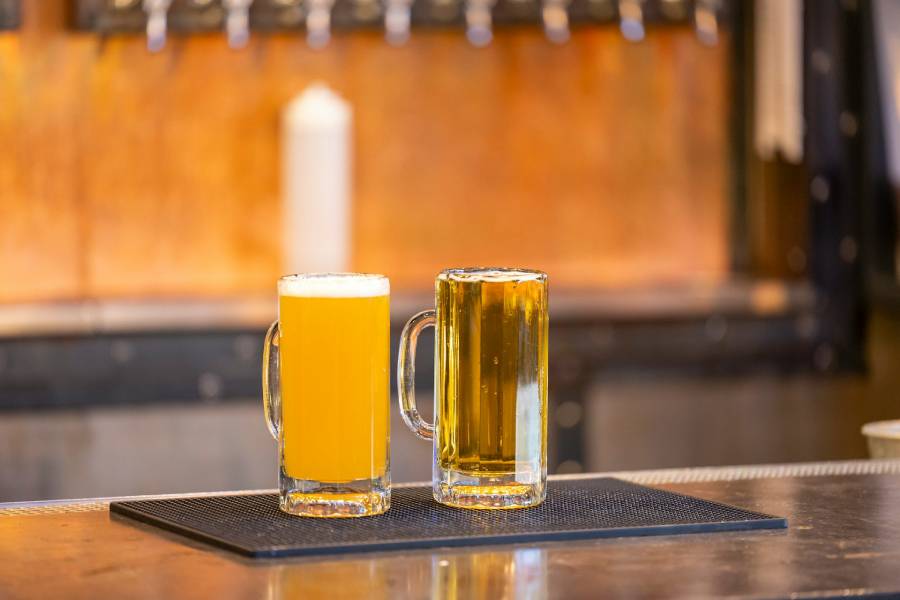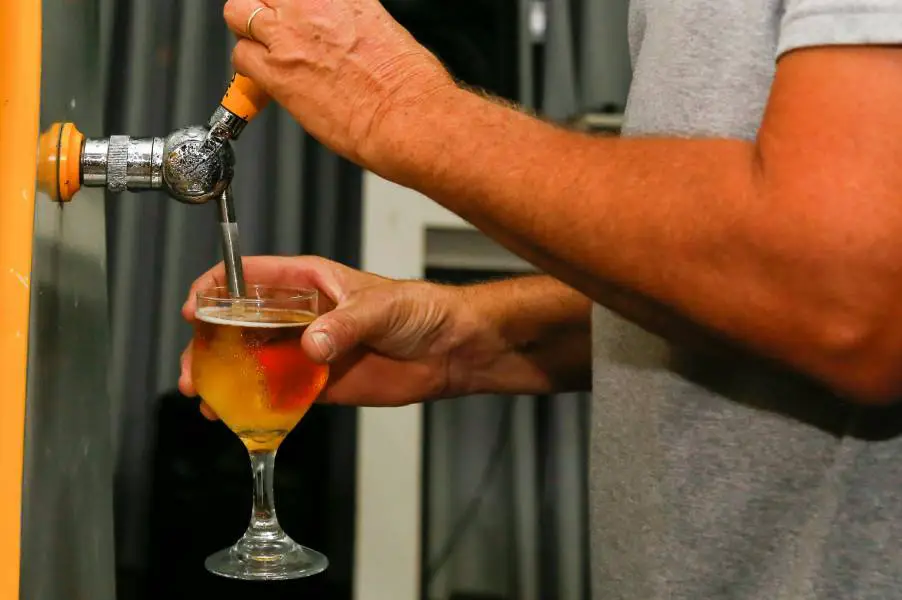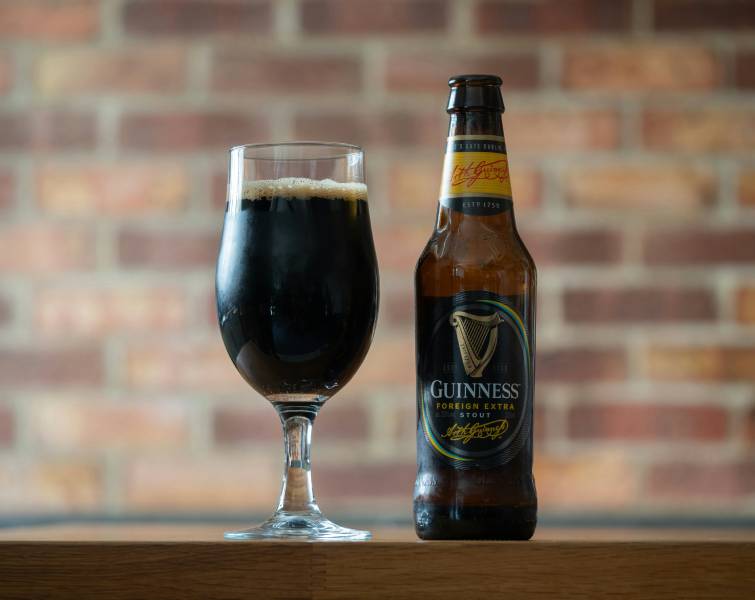Brewing great beer is all about timing and technique, with each step enhancing the final flavor and clarity. For many brewers, understanding when to transfer beer to secondary fermenter can make a noticeable difference. This process adds layers to both flavor and aroma. It’s a step that elevates a brew’s character.
When to Transfer Beer to Secondary Fermenter
You need to transfer beer to a secondary fermenter after two weeks, when no bubbles are coming out of the airlock, and the yeast has settled. This timing allows the primary fermentation to finish, which reduces unwanted flavors. Moving too early can disrupt the process while waiting too long may lead to sediment buildup. A smooth transfer preserves the clarity and taste of your beer.
To minimize bacteria introduction during the transfer, use a sanitized siphon, tubing, and an airlock. A racking cane helps control the flow and reduces oxygen exposure, which can affect the flavor. A bottling bucket can also make the process easier and prevent splashing. Clean tools lead to a successful, contamination-free transfer.

How Do You Transfer Beer From Primary to Secondary Fermenter?
Transferring beer from the primary to secondary fermenter requires a gentle approach to avoid disturbing the sediment and introducing oxygen. A clean, smooth process helps maintain the beer’s flavor and clarity. Here are the steps that most experts use:
- Gather the materials: First, ensure you have the materials ready. You will need a secondary fermenter (carboy), an airlock, a racking cane, a siphon, a clip, a thermometer, and sanitizer.
- Sanitize the materials: Use your sanitizer (non-rinse sanitizer is ideal) to sanitize any equipment that will come into contact with beer. Other brewers put the equipment in boiled water as it also help kill germs.
- Place the primary fermenter on a stable surface: Place the primary fermenter on a stable table (preferably on a higher end than the secondary fermenter). The height effect is ideal for siphoning.
- Attach the siphoning tubing: Attach one end of the siphon tubing to the racking cane and the other end to the secondary fermenter. Ensure the tubing reaches the bottom of the secondary fermenter.
- Place the racking cane into the primary fermenter: Carefully submerge the racking cane into the fermenter. Do this carefully to avoid disturbing the sediments at the bottom.
- Begin the siphoning process: You can use a manual pump or sack the free end of the tubing to initiate the beer flow. Direct some of the beer into a glass to eliminate the bacteria hidden in the tubing. Then direct the tubing into the fermenter.
- Stop the flow after the fermenter is full: Use a clip or your finger to stop the flow once the beer reaches your desired level.
- Seal the fermenter: Use the airlock to seal the fermenter and store the beer at a favorable temperature (45 to 55 degrees Fahrenheit). That is it. You have transferred your beer to a secondary vessel successfully.
- Clean the equipment and allow to dry: Clean all the materials used in transferring beer. You can use a PBW (Powdered Brewery Wash), as it helps remove thick, difficult, and caked-on organic soils. Next, allow the equipment to air dry to prevent rusting.
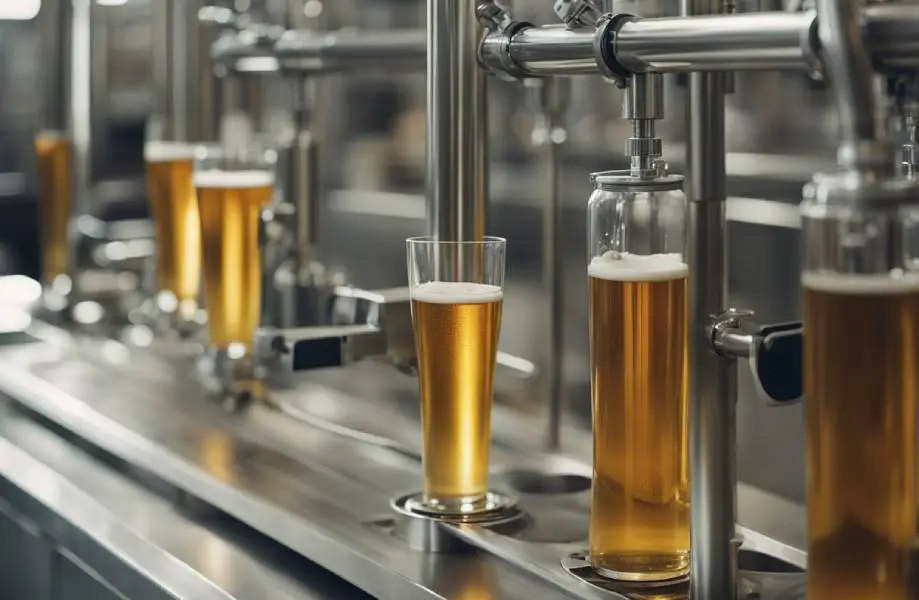
What Are the Pros and Cons of Secondary Fermentation?
Secondary fermentation is an easy process that can be done quickly. However, the process has pros and cons every brewer should understand:
Pros
- Brewers can manipulate the beer’s flavor: Secondary fermentation allows you to manipulate the beer’s flavor to your liking. You can add fruits such as cherries, strawberries, raspberries, and oranges. Other flavorings include wood chocolate and vanilla.
- It creates a clearer beer: Secondary process ensures your beer is clear by reducing the amount of sediments (yeast, protein, and hop trub) in the finished beer.
- It helps increase the alcohol content of the beer: Secondary fermentation can help increase alcohol content when you add more sugar. The yeast that remained during primary fermentation will consume the added sugar, increasing the alcohol level of your beer.
- It allows the beer to mature: Secondary fermentation can occur from one week to six months. This allows yeast, malt, and hops to blend and balance the bitterness.
Cons
- It consumes more time: Secondary fermentation can consume your time, especially when unfamiliar with the process.
- The process may contaminate your beer: Opening your beer fermenter may introduce bacteria and wild yeast that could alter its flavor. The beer may also be exposed to light, leading to skunk beer.
- May alter the hop flavor: When beer stays for long (from one week), the hop flavor may begin to degrade, which could interfere with the final beer.
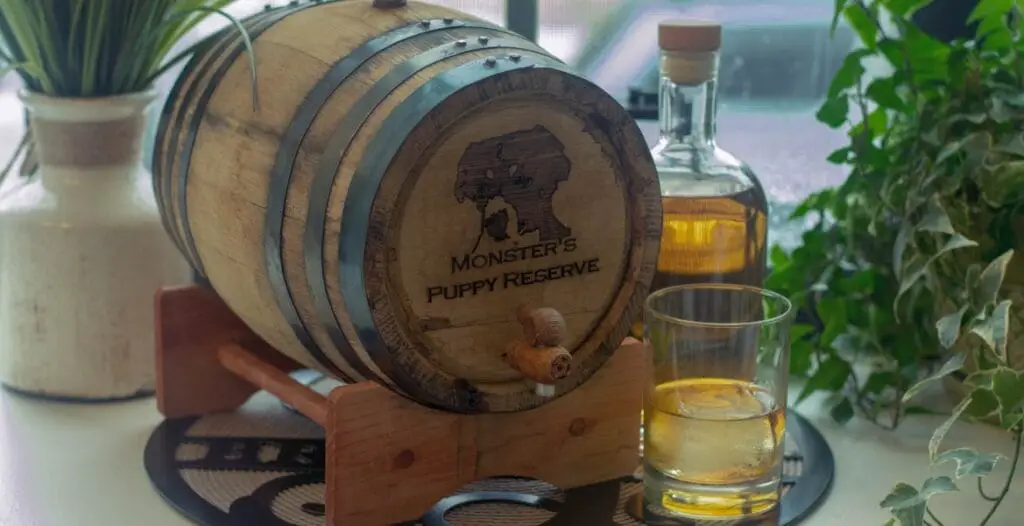
Frequently Asked Questions
Is Secondary Fermentation Necessary?
Secondary fermentation is not always necessary when brewing beer. Primary fermentation is usually sufficient to complete the majority of the fermentation process. However, some brewers use a secondary fermenter for specific purposes like clarifying the beer, aging it, or adding additional flavors or ingredients.
What Should Be Done After Secondary Fermentation?
After secondary fermentation, the beer should be bottled, kegged, or served. At this stage, the beer has undergone all the necessary processes and only needs to be stored or consumed. You can decide to chill it and drink later or take it warm.
How Do You Know When Secondary Fermentation Is Done?
You will know when the secondary fermentation is done if you have stable gravity readings. Measure the specific gravity of the beer over several days. If it remains constant, it suggests that fermentation has been completed. You can also tell when the process is complete if the beer has become clear, or if the flavors and aromas meet expectations.
Conclusion
Secondary fermentation is an essential process in brewing that helps clarify and enhance flavor and aroma. It also helps increase the alcohol content when sugar is added. However, the process requires proper timing to help come up with quality beer. Also, consider sanitation to eliminate bacteria that could contaminate your beer. Happy brewing.



